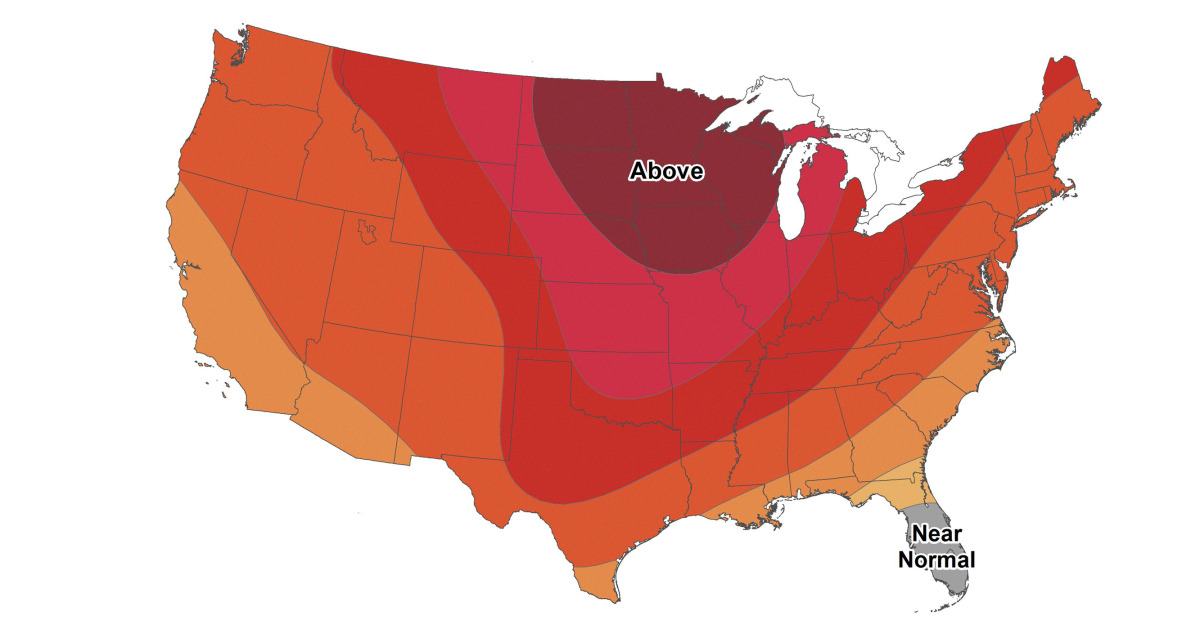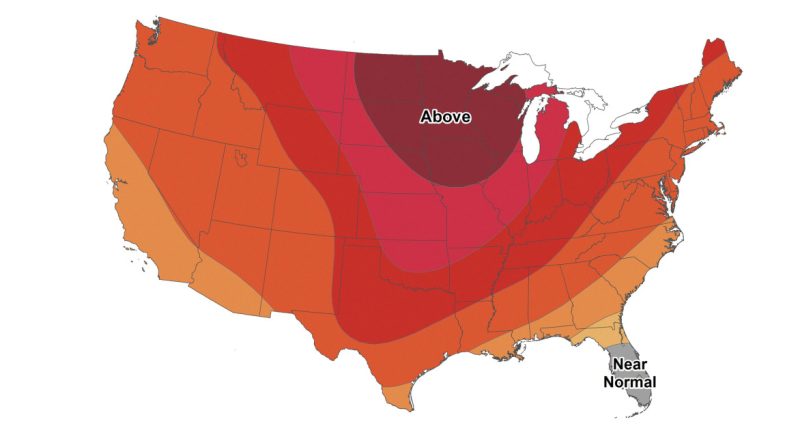
Are you dreaming of a white Christmas?
If so, those dreams may have to wait for 2024. Above-average temperatures are forecasted for the majority of the United States from Dec. 21 to 27.
For the second year in a row, weather conditions around the country in the week leading up to and on Dec. 25 will be lacking widespread cold air and precipitation — the two necessary ingredients to produce snow.
For some northern and mountain locations, however, old snow cover from previous winter storms could help notch a white Christmas. This includes portions of the Rockies, Cascades and Sierra mountain ranges, as well as extreme northern portions of Minnesota, Michigan and Maine.
The official definition of a white Christmas is when there is at least 1 inch of snow on the ground at 7 a.m. local time on the morning of Dec. 25, according to the National Weather Service. The snow can be old or a new coating.
Even outside of 2023, white Christmas odds in general are slowly melting away for much of the country, thanks in part to climate change.
When the National Oceanic and Atmospheric Administration (NOAA) updated their white Christmas odds based off typical climate conditions for thousands of locations across the United States from 1991-2020, they found that more than half of the weather stations saw a decrease in the chance of a white Christmas compared to previous stretches prior to 1991.
In their updated release, NOAA scientists pointed out that while directly comparing snow cover on a specific day over decades is more strongly linked to day-to-day weather patterns, the white Christmas odds reflected national trends of changing temperature and precipitation patterns that were consistent with the effects of climate change.
“More areas experienced decreases in their chances of a white Christmas than experienced increases,” NOAA officials said in the release, adding that these results were in line with data on long-term warming.
Among the cities that saw the most dramatic drops in their chances of a white Christmas compared to previous decades: Denver (a decrease from 40% to 34%), Minneapolis (from 80% to 74%), Chicago (from 41% to 34%) and Columbus, Ohio (from 29% to 23%).
St. Louis, at 17%, now has a higher chance of experiencing a white Christmas than New York, at 13%. And Minneapolis, at 74%, has a higher chance than Buffalo, at 53%. Buffalo’s roughly 50/50 odds are due to variability that comes with lake effect snow events each year during the early winter months.
There were also some surprising ties between major cities, including Seattle and Washington, D.C. (both with a 4% chance) and Chicago and Denver (both at 34%).
With 2023 forecasted to be another dismal year for white Christmas wishers, it may be time to rethink the lyrics to some holiday classics.
Source: | This article originally belongs to Nbcnews.com










